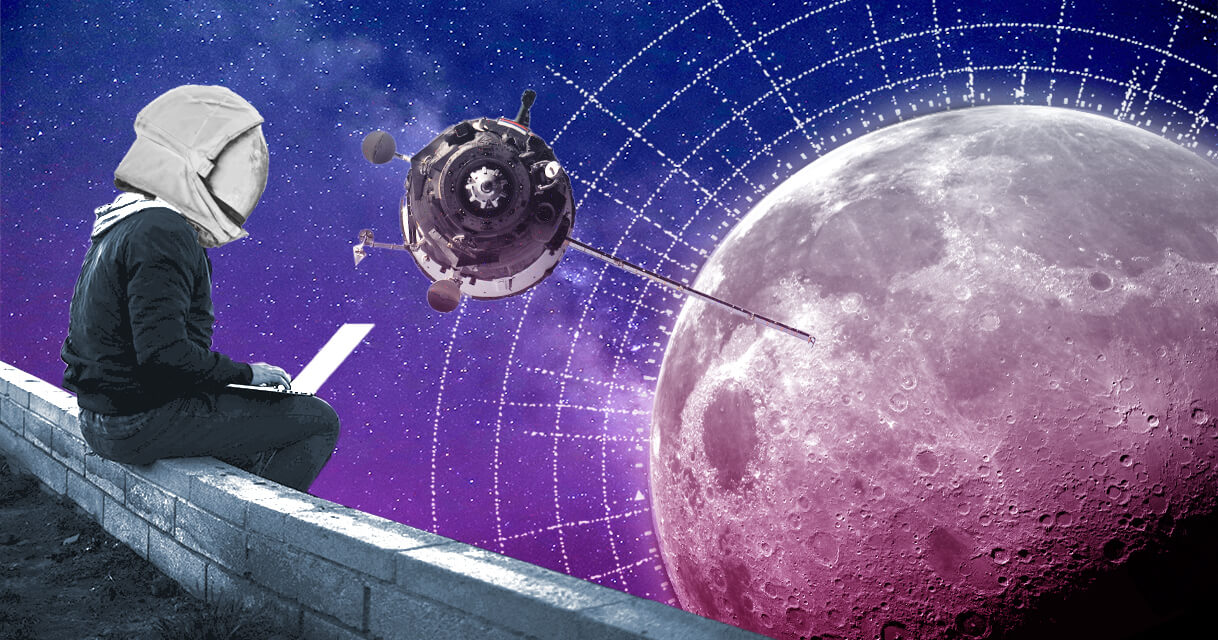The lynchpin of the ITONICS Innovation OS is the ITONICS Radar. Our radar tool orientates users to dynamically view all of the key elements on the ITONICS platform, be they trends, technologies, risks, competitors or industry-related inspirations. Understanding the primary and additional features of the ITONICS Radar can help users optimize their environmental scanning, effectively segment content and move efficiently from scanning to strategic implementation.
We have written extensively about the importance of trend and technology discovery and how best to communicate findings across your organization.
This article is an introductory guide to getting the most out of your ITONICS Radar. We want to discuss optimizing your work on the radar and some key considerations to ensure your use of the ITONICS Radar is effective and produces the desired results.
Optimize your trend and technology evaluation using the ITONICS Radar
Ratings serve a multitude of purposes within the innovation process. Firstly, they create a rubric of how best to evaluate content (e.g. trends and technologies) on the platform. We have written about the ITONICS methodology and what to consider when evaluating a technology or trend. The ITONICS Radar can also help evaluate startups, projects, or potential suppliers.
The second benefit of ratings is that they are imperative to gaining organizational consensus on the above-mentioned content; understanding how different team members evaluate content is a crucial part of the innovation process. Ratings are most effective when both a diversity and a critical mass of team members engage them. Team members can range from CTOs to C-Suite members, analysts, etc. Each of their voices must be heard so that organizations can get a realistic read of how people feel about the importance and relevance of a trend or technology. The radar is a fantastic way to package and visualize these insights.
ITONICS Trend Radar
The image above shows a trend radar in the ITONICS Innovation OS. Each dot in the radar represents an Element, short for Elements of Change, which are pieces of content used across the different features in the software, such as trends and technologies. The positioning and color of each dot is meant to communicate specific information about each Element. In the example above, the trends have been organized by a “Potential Impact” rating. The closer the dot is to the center, the more significant the potential impact.
Using the trend radar example above, the Elements would be rated according to the following criteria:
- Time to Market Readiness
- Business Model Fit
- Business Potential
- Internal Know-How
- Disruptive Potential
- Application Scope
- Need for Action
Some key questions to consider when rating an element:
- How relevant is an element to your organization?
- How relevant is the element to your specific role?
- Which rating criteria are most relevant to your organization’s innovation objective?
- Does everyone who shall be rating elements clearly understand what ratings mean and how they relate to your organization’s innovation objective?
Segment your data on the ITONICS Radar
Although one of the most significant benefits of the ITONICS Radar is analyzing trends and technologies using rating criteria, the ITONICS Innovation OS offers an added feature that adds even greater value to radar users: the use of tags.
A simple yet elegant solution to data organization, tags allow users to segment large amounts of data and help develop meaningful clusters on your radar. This segmentation helps users understand the connection between elements and which themes are most salient. The figures show how the tag functionalities work on the ITONICS platform:
ITONICS Tag functionality
Tags attached to a technology
Tags can also allow different teams to undertake environmental scanning and scouting across one project. Suppose you have an organization that is looking for a suite of technologies to enable digital transformation across their value chain, from the concept phase all the way to go-to-market tools. A task like this would require team members from various departments to scout and find technologies suited to each phase of product creation. In this instance, teams could use tags such as “digital transformation concept”, “digital transformation simulation”, and “digital transformation manufacturing” to adequately sort the identified technologies. These tags could then be used in conjunction with the rating system on the radar to make inferences about strategic action and which technologies to invest in. For example, suppose the market readiness of design technologies is more mature than manufacturing technologies. In that case, teams could invest in design technologies while monitoring manufacturing technologies for future investment.
On the ITONICS Innovation OS, we have a Tag Cloud whereby users can access all the available tags, allowing users to see which tags are most frequently used and then go back to the radar and filter precisely what they want. Users can apply multiple tags at once if needed and create unique content segmentation.
Example of a Tag Cloud
Teams should consider the following questions when creating tags in the ITONICS Innovation OS:
- What tagging convention can enable team members to most efficiently find information on the platform?
- What is the overall innovation object that teams achieve, and how best can data be clustered using tags?
- Is there any repetition or unhelpful overlap in the tags used on the platform? For example, the tags “Augmented Reality”, “AR”, and “Extended Reality” could potentially be given one name.
Optimize your trend or technology radar: What’s next
At ITONICS, we have a suite of products that cater to every part of the innovation process. Our Innovation OS can help organizations to:
- Move from insight to opportunity
- Manage your innovation portfolio on one single point of truth
- Map the entire idea management process on a digital platform
- Efficiently execute your innovation strategy with roadmap tools that align teams and shorten the time to value
To explore the features mentioned above and learn more about the ITONICS Innovation OS, request a free demo and find out how you can start your innovation journey!
Have more time?










.webp??&width=379&height=288&name=header-technology-radar-2%20(1).webp)
